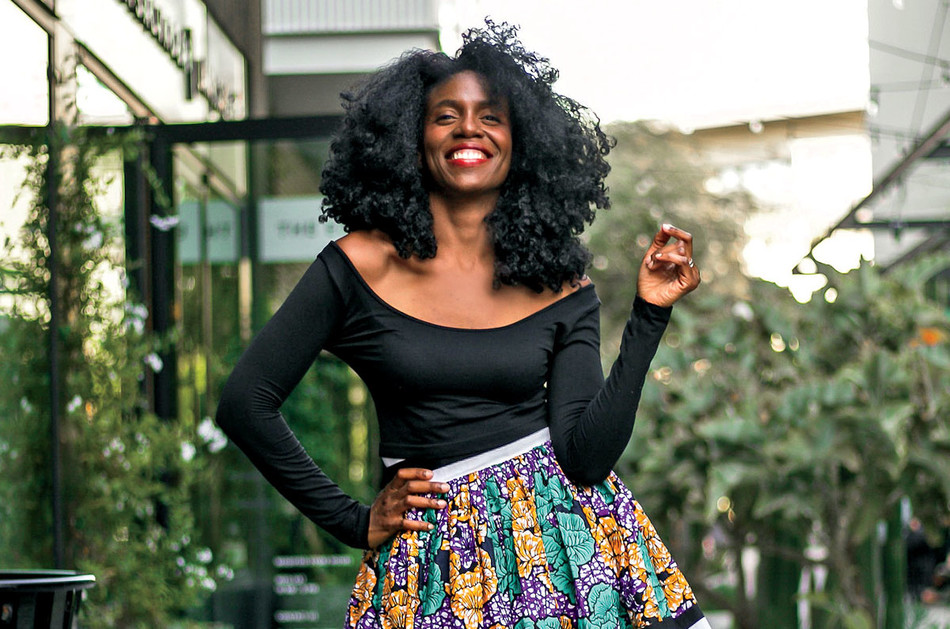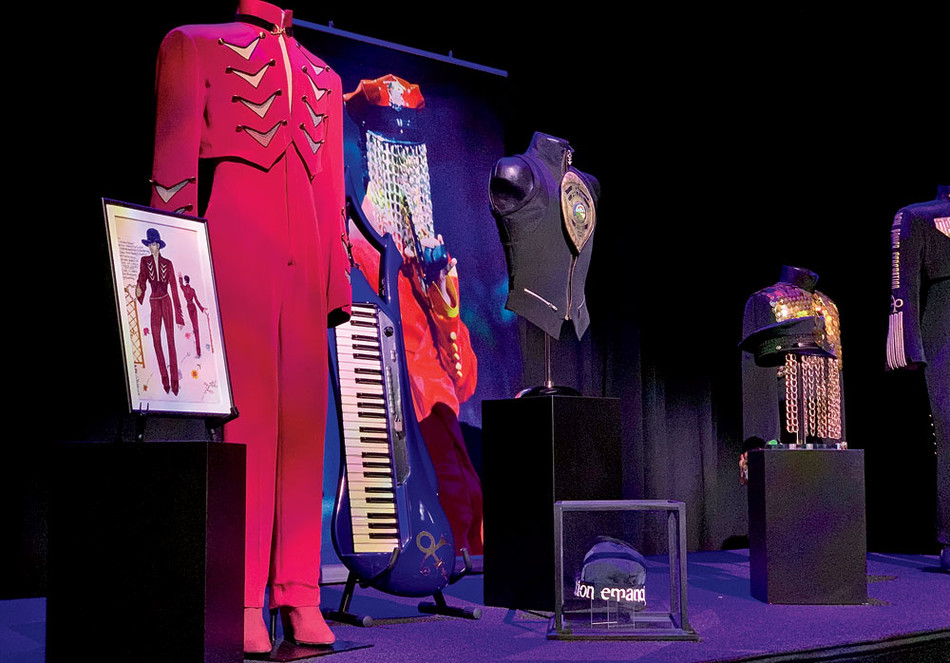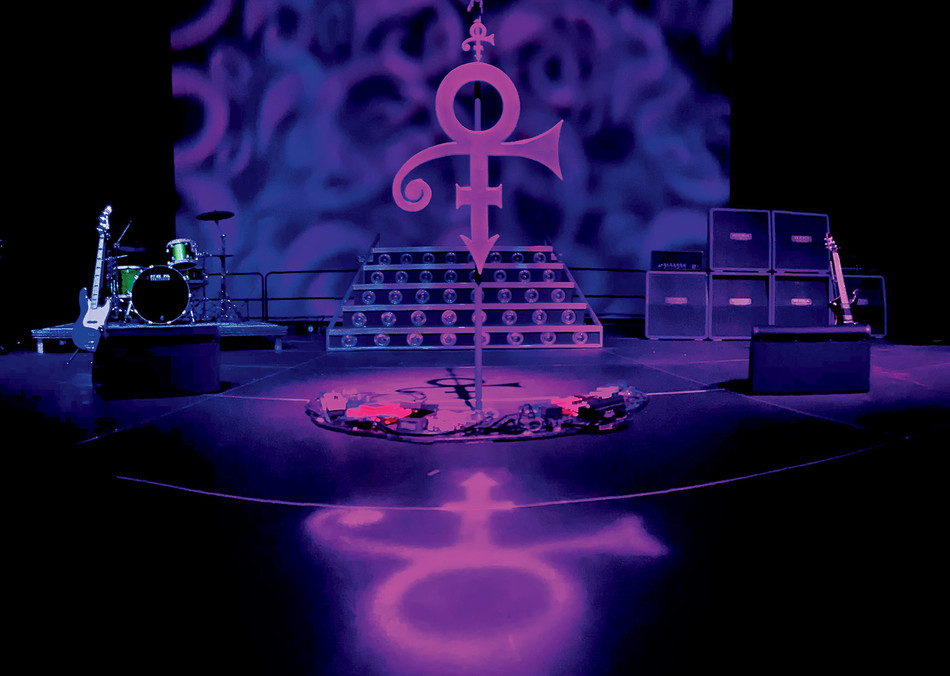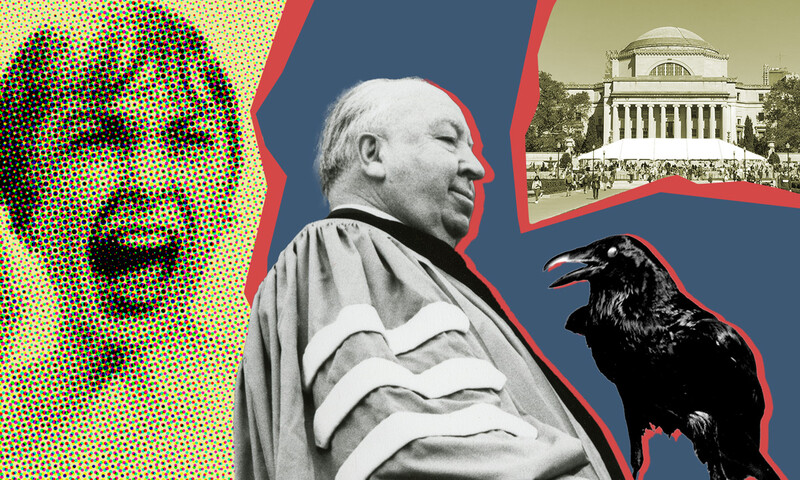In the quiet Minneapolis suburb of Chanhassen, there is one building unlike any other. Flanked by ordinary life — a school, a gym, a storage facility — Paisley Park, the estate of the legendary recording artist Prince, is a behemoth of white aluminum, bathed in purple strobe lights. Near the entrance, a giant statue of his iconic “love symbol” welcomes visitors.
When Prince was alive, invitations to Paisley Park were rare. More than just a home, it was his creative headquarters, complete with recording studios and a twelve-thousand-foot soundstage. But Prince always intended to one day open Paisley Park to the public, and after his death in 2016, Fri Forjindam ’05SOA was tasked with leading the team that made that happen.
“Prince was really the master of his domain, so it was both an honor and an enormous responsibility to take this on,” says Forjindam. “For the last few years, I’ve woken up every morning asking myself: Are we doing this right? Would Prince be OK with this?”
As an “experience designer,” Forjindam has helped conceptualize the exhibits and curate an overall feeling for the museum, in addition to coordinating all the logistics of transforming a private home into a major tourist attraction. “I think of experience design as the process of turning a narrative or a brand into a tangible destination,” she says.
Forjindam is particularly proud of two exhibits: the Foundation Room, which houses artifacts from Prince’s early life and uses a variety of media to explore his deep ties to Minneapolis, and the Soundstage, where immersive video and a display of the musician’s instruments simulate the feeling of being onstage with the artist. “Prince had the audacity and the foresight to build this massive soundstage in 1987, when he was just twenty-nine years old,” Forjindam said. “It became a cornerstone of Paisley Park, and we wanted visitors to feel like he was still in the room, performing for them.”
Forjindam says that she fell into her niche industry by accident. Born and raised in Cameroon, she had intended to become a doctor but loved theater and applied to Columbia’s School of the Arts “on a whim.” She calls the acting program “an oasis” that gave her the space to “explore and find my voice as an artist.” After graduating, she moved to Los Angeles and, while going out on auditions, took a job as an executive assistant at an entertainment-design company and worked her way up.
“I’ve always thought of myself as a storyteller, and suddenly I could see a way to do that outside of the traditional theater,” she says. “Now I’m able to build whole worlds.”
In 2011, Forjindam joined a company that two colleagues had recently launched called Mycotoo (short for My Company Too). A few breakthrough projects — two theme parks and a project for the HBO show Westworld — put them on the map, and the firm went from three employees to 160 in just a few years. But after such enormous growth, Forjindam’s work changed drastically last year, when the pandemic struck and live entertainment ground to a halt.
“The word ‘experience’ really took on new meaning,” Forjindam says. Mycotoo was in the middle of unveiling several new exhibits at Paisley Park, and for several months everything went virtual. “We had planned to bring the building to life with a full schedule of music and events. Instead, we’ve pivoted to livestreamed concerts on our Facebook feed and other online programming.”
“Ultimately I think COVID put a spotlight on the importance of authenticity,” she says. “A museum has to be more than just a building that you visit. With Paisley Park we wanted to honor all the pillars that made Prince who he was — music, fashion, activism, community-building, and business — and I think we were able to do that, even in a challenging time.”





